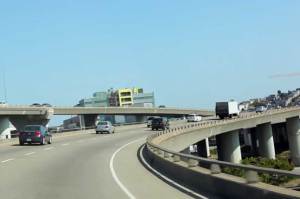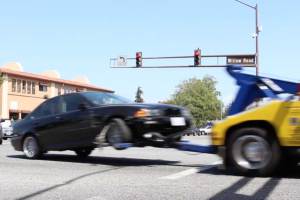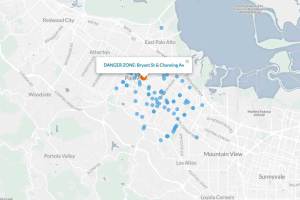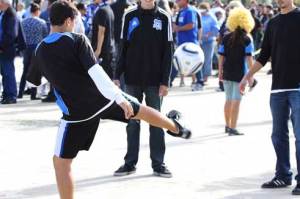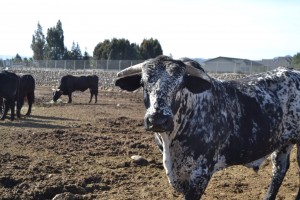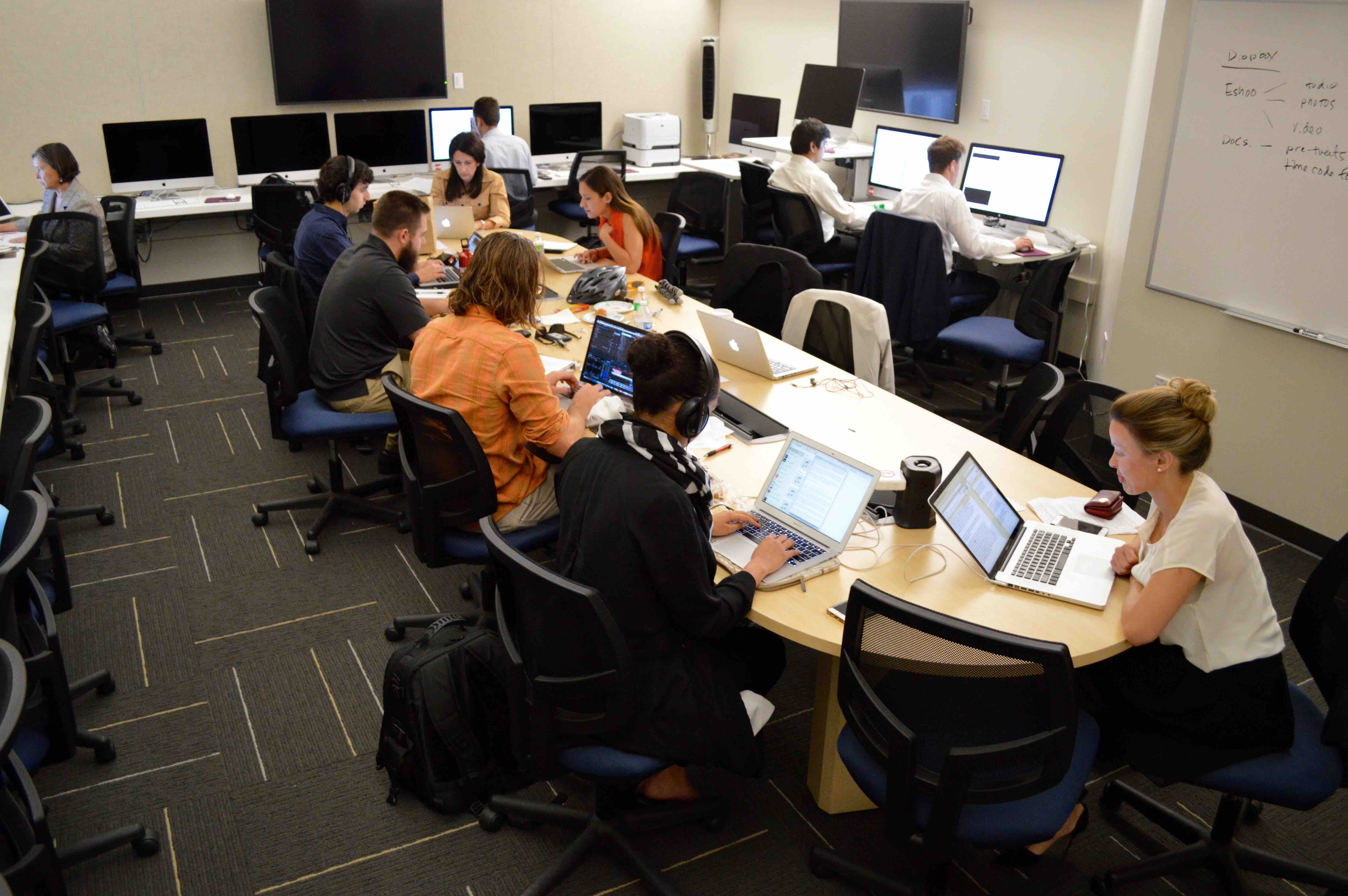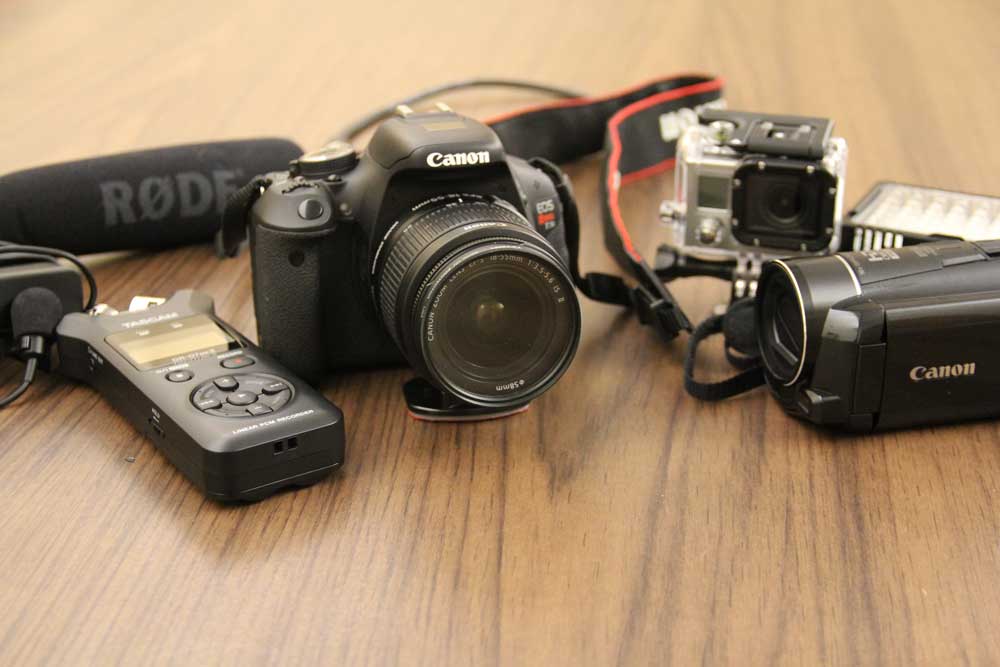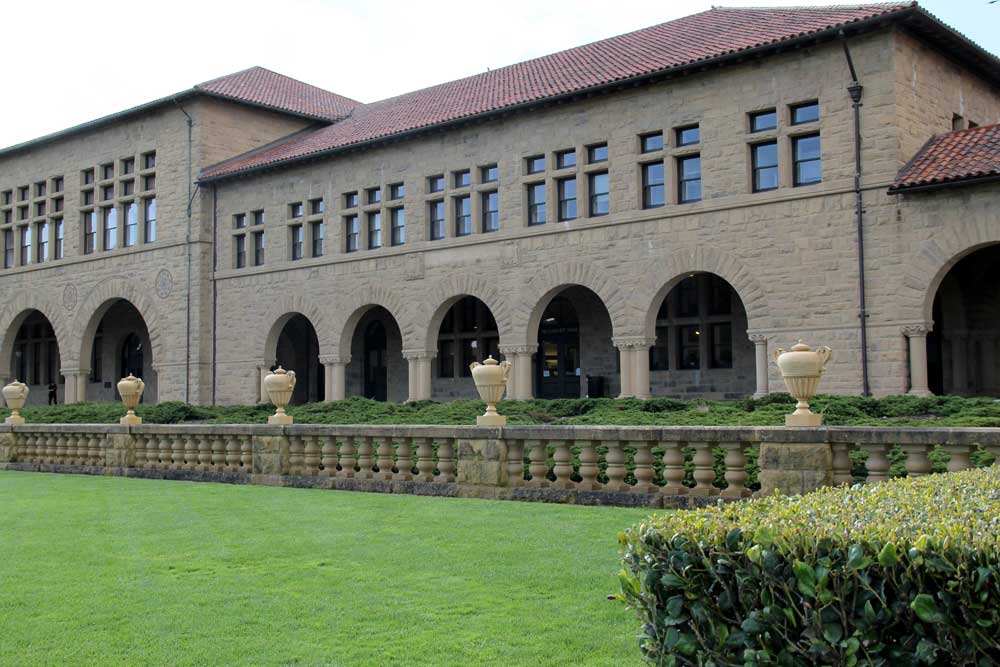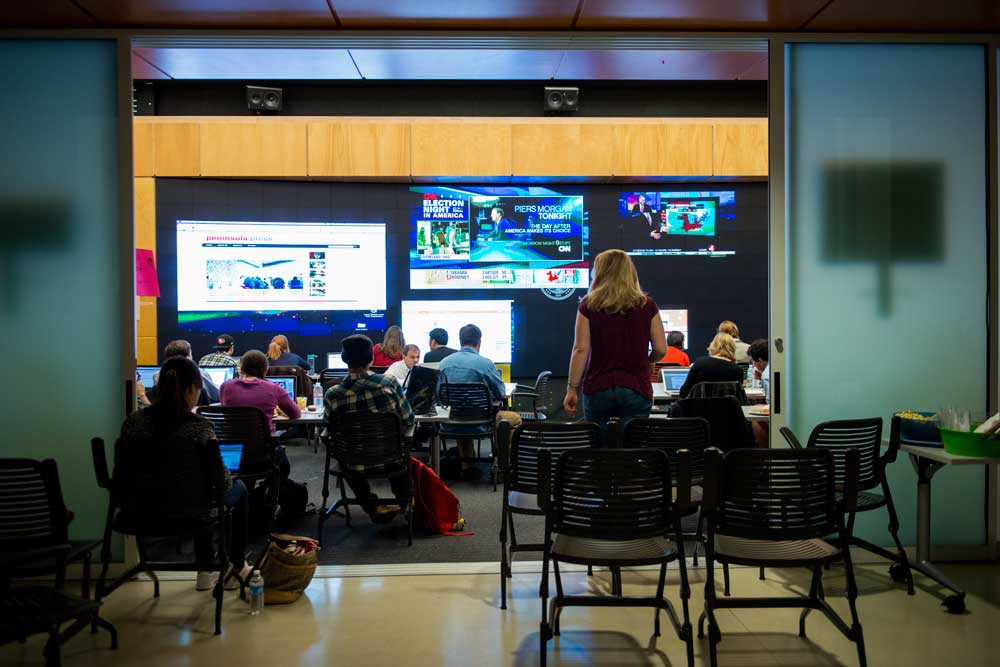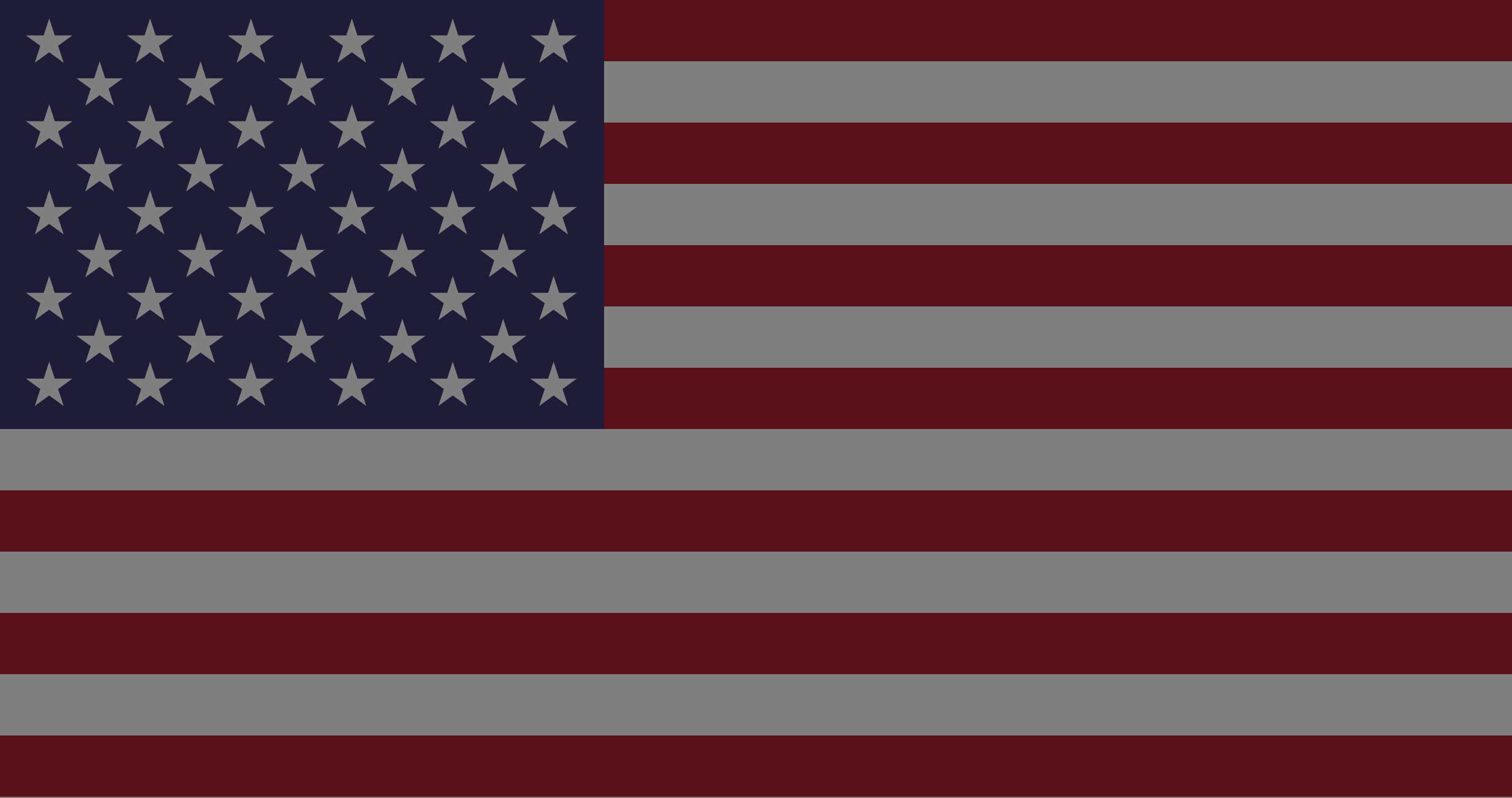We’re all about storytelling — and there are countless stories to be told that can be discovered with data. At Stanford, you’ll learn how to use data to boost your multimedia reporting to the next level.
What You’ll Learn
BEAT REPORTING SKILLS
Carolina Wilson (MA ’15) focused on transportation in Silicon Valley’s San Mateo and Santa Clara Counties, building up sources and refining her story ideas with our faculty. The result was an award-winning scoop that captured a major tension in the Bay Area between bikers and regular commuters. “Tired of being bumped, Caltrain bike commuters push for more space”
DATA FRAME OF MIND
Students in Winter 2015 launched Peninsula Press’ Data Hub with about a dozen data-driven stories about topics as diverse as vaccination rates to cleantech investment to Airbnb rental regulations.
MULTIMEDIA STORYTELLING
To humanize Silicon Valley’s homeless issue in Santa Clara County, Yuqing Pan (MA ’15) spent hours over multiple days chronicling the experiences of a homeless couple. She used advanced DSLR photography, professional audio techniques and non-linear video editing to produce a mini-documentary, an in-depth written report, a data infographic and a map. “Santa Clara County’s homeless hope for hotel rooms after shelter closes”
DSLR VIDEOGRAPHY
To achieve a cinematic look, student Nick Salazar produced a mini-documentary with DSLR video about suspended driver’s licenses, staying with the story for several weeks as he followed an individual who regained her license. “Millions of Californians struggle to manage financial burden of suspended driver’s licenses”
DATA NEGOTIATION, SCRAPING, CLEANING and ANALYSIS
Using Excel and SQL data analysis, Farida Jhabvala Romero’s (MA ’15) found sources in data sets and was then able to identify and tell those individuals’ stories, in a report about suspended license crimes in Menlo Park. She also built a data scraper and had to do mapping for analysis. “Driving with suspended license top crime in Menlo Park, many lose cars”
INVESTIGATIVE REPORTING TECHNIQUES
Three students in the Spring 2015 investigative reporting course, pushed for data, records and documents when key sources wouldn’t talk to them for an investigative report about the difficulties of hazardous waste regulation in California. “Sims Recycling plant shows difficulties of hazardous waste regulation”
BUILDING A NEWS APP
To illustrate the issue of bike crashes in California, Jeff Barrera (MA ’16) built a searchable data application that shows actual bike crashes on a map. “Bike Crash Mapper”
LOCALIZING A NATIONAL STORY
Chelsea Janes (MA ’13) — who is now focused on sports reporting at The Washington Post — localized a national story about professional women’s soccer. “No Bay Area team in women’s soccer league”
FEATURE STORYTELLING
Matt Hansen (MA ’14) shared the story of gay rodeo participants in a character-driven narrative. “For gay competitors, a rodeo to call their own”
Software and Platforms You’ll Gain Experience In:
- Final Cut Pro X
- Hindenburg Audio Editing
- GitHub
- Google Fusion Tables
- The command line
- Sublime Text Editor
- SQL
- Python
- R
- Advanced spreadsheet techniques
- Twitter API
- Tableau
- ArcGIS Mapping
- Tabula and data cleaning
- Adobe Photoshop
- Wordpress CMS
- Jekyll
- Social tools like Hootsuite
- Social media: Twitter, Facebook, Instagram
Courses
The Graduate Degree in Journalism requires a minimum of 45 units. In addition to seven required courses, students have to take two specialized writing courses, chosen from a list of eleven, and three approved electives from among graduate-level courses in the Department of Communication or from among courses across campus. We encourage students in the program to take courses outside of the department in everything from statistics to coding to design thinking.
Except for COMM 289P Journalism Master’s Thesis, all courses must be taken for a letter grade. To remain in good academic standing, students must maintain a grade point average (GPA) of 3.0 or better. Graduation requires a GPA of 3.0 or better.
Sample Schedule




